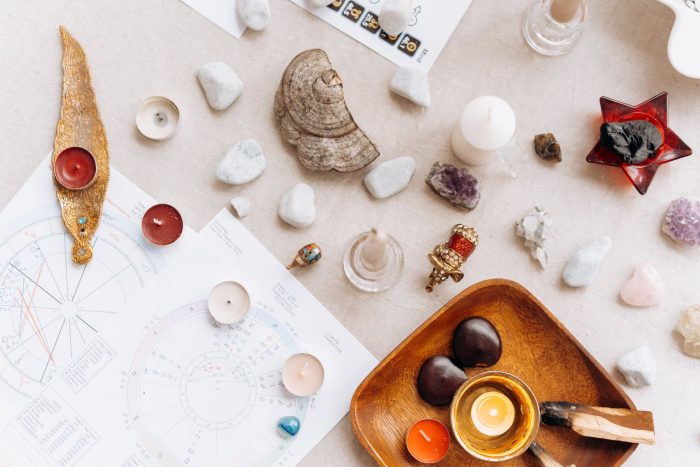Human beings have expressed themselves through art for thousands of years. In the 1940s, the idea of art as therapy emerged. A psychologist named Margaret Naumburg published several books that developed art therapy into what it is today. Through her work with patients at a psychiatric institute, she proposed the idea that the unconscious mind expresses itself better through symbols and images. By physically creating those images via art, we communicate feelings we might not otherwise be able to. Now, licensed art therapists help people of all ages.
At the root of art therapy lies the idea that expressing yourself creatively can lead to healing. While you don’t need a therapist, having one to help you decode and process your art will foster greater improvement. A therapist can direct your art by suggesting topics or themes to focus on while you’re creating. They can then aid you in understanding why you created it. If the issues that come up are difficult, the therapist will guide you through.
The act of creating helps people tap into emotions they might not otherwise be able to express. Deep fears, anxieties, and trauma that they’re uncomfortable speaking about emerge in their visual art. Whether the person decides to draw, paint, sculpt, or collage, the medium isn’t as important as the act of creating itself. Likewise, experience and talent are irrelevant. Art therapy helps whether you’re a professional or someone who can’t draw a stick figure.
When we create art, it engages our mind in a different way than language alone does. That can feel safer, especially when dealing with unexpressed or repressed emotions, memories, and fears. The result is less anxiety, guilt, loneliness, and depression.
It boosts memory and other cognitive abilities. In one study, researchers found that art therapy aided geriatric patients’ memory and language skills. The Journal of Alzheimer’s Disease found that art therapy improved patients’ ability to remember and communicate.
In addition to emotional benefits, art therapy improves hand-eye coordination and motor function skills. It helps people to focus better, and it can increase attention spans. When combined with group therapy, it teaches better interpersonal and communication skills. Art therapy can improve a person’s quality of life.











Read 0 comments and reply